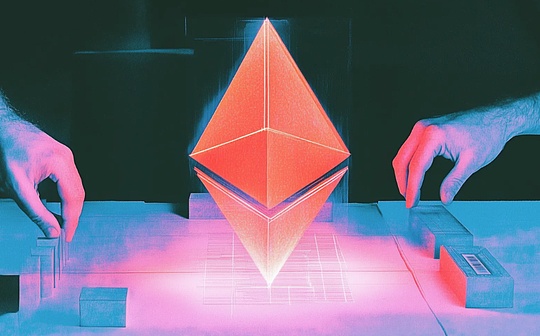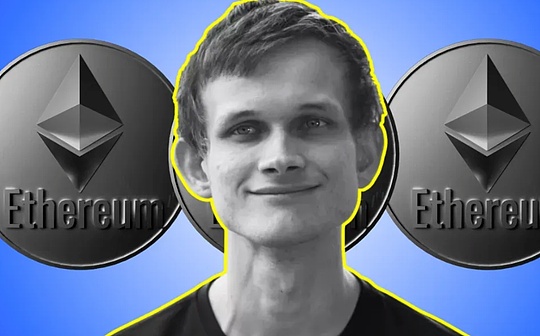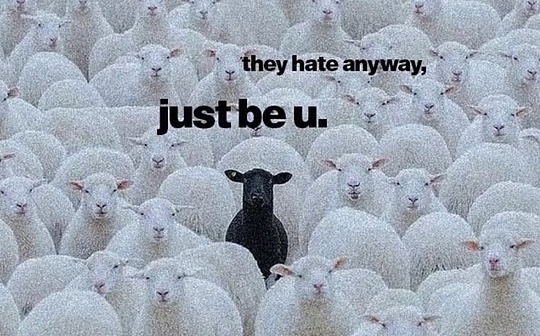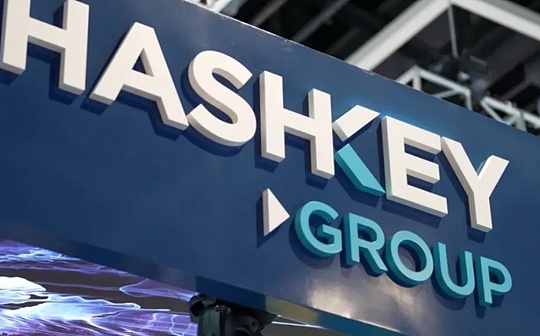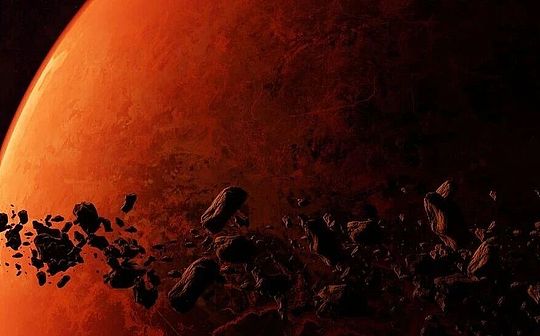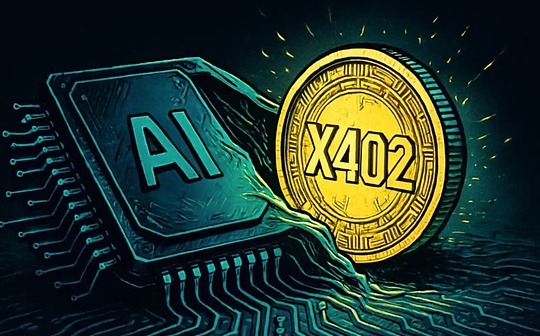
Author: Leo Fan, Co-founder of Cysic, CoinTelegraph; Compiled by: Baishui, Bitchain Vision
Running Ethereum today is like playing modern games on 1980s laptops—outdated hardware is hard to load, will lag endlessly, and will likely crash under the weight of new demand.Ethereum’s infrastructure is designed for the simpler era of blockchain, but it can no longer keep up with the era, processing only 10 to 62 transactions per second, far less than the thousands required for mainstream adoption.
Meanwhile, Solana is increasingly popular with the sub-second block production time and near-zero fees, as can be seen in the surge in wallet downloads during the TRUMP release.Ethereum is still hampered by high gas fees and congestion, forcing users and developers to move towards faster alternatives.
If its expansion bottleneck is not resolved, Ethereum has the risk of lagging behind.While Ethereum’s Layer 2 (L2) summary relieves network congestion, they ultimately only provide temporary relief.The software-first approach has encountered initial problems with interoperability and scalability, which has raised questions about the long-term sustainability and relevance of Ethereum.
Many L2s are designed to adapt to native networks and cannot support real-time applications such as decentralized gaming or cross-border payments.If Ethereum wants to maintain its leading position in the blockchain field, it needs to make a fundamental change.The solution is not about incremental software updates, but about hardware acceleration.
Combining Ethereum’s vision with hardware
Vitalik Buterin’s Verge milestone envisions Ethereum’s full node verification on consumer-grade devices, a critical step towards the broader goal of blockchain accessibility and decentralization.Buterin highlights the need to move from pieced together solutions to building a comprehensive computing infrastructure to achieve this vision.Dedicated hardware, such as application-specific integrated circuits (ASICs) are key: it can increase transaction processing speeds, reduce latency and optimize energy use.It sets the stage for sustainable Ethereum expansion, ensuring that the network develops without compromising its core principles.
Ethereum’s Pectra upgrade also does not fully address its fundamental scalability challenges, highlighting the urgency of enhancing scalability and stability.The key optimizations introduced—account abstraction and enhanced validator operations—are designed to improve Ethereum’s efficiency and user experience, but do not significantly increase transaction throughput or reduce network latency.
Without dedicated hardware, Ethereum may lag behind, weakening its position as the settlement layer of the blockchain community.Investing in hardware native solutions will enable Ethereum to scale effectively while adhering to its commitment to decentralization and supporting a growing user base.
Mainstream adoption and practical application
The impact of hardware scaling solutions goes far beyond Ethereum itself.TradFi participants are exploring blockchain-based cross-border payments, which require real-time processing.Due to the scalability issues inherited from the main layer, L2 alone cannot effectively scale to meet purely TradFi requirements.Cross-border transaction volume reached US$190.1 trillion in 2023 and is expected to continue to grow in 2025, which shows that:Hardware acceleration is essential for incentive agencies to adopt blockchain.
In addition to finance,Hardware optimization also enhances the practicality of blockchain in various industries and accelerates mainstream adoption.A notable example is healthcare, where accelerated blockchain infrastructure can improve the security and privacy of patient data.For the gaming industry that relies on dynamic interactions, blockchain networks can help respond to user operations in real time.
Artificial Intelligence Factors
Blockchain does not operate in isolation; it competes with computing-intensive industries, such as the buzzword Artificial Intelligence in 2024.The rise of artificial intelligence has reshaped the industry, but it is also becoming a fierce competitor to blockchain in terms of power and equipment.Data centers such as Hut 8 and Coin Scientific are prioritizing AI workloads, which can generate 25 times more revenue than Bitcoin mining.These measures highlight the increasing pressure on blockchain networks to optimize resource efficiency, otherwise there is a risk of being marginalized in the competition for computing dominance.
Critics claim Ethereum is “slow death.”Ethereum used to be the birthplace of innovation in decentralized finance (DeFi), but its scalability issues hinder its ability to compete with DeFAI.Ethereum must use dedicated hardware to solve its inefficient infrastructure problems, enable faster transactions, and reduce energy consumption.In this way, Ethereum has the opportunity to deal with the development of artificial intelligence and maintain its competitive advantage in mainstream adoption.
Now is the time to invest in hardware
Ethereum relies heavily on L2 to scale, but they are still temporary solutions that cannot meet the basic operational needs of the network.Hardware solutions are now non-negotiable for Ethereum to maintain its position as a leader in blockchain innovation.From enabling seamless TradFi integration to enabling real-time interactions in gaming and healthcare, dedicated hardware solves the fundamental problem of inefficiency in Ethereum infrastructure.If you do not invest decisively in hardware acceleration, Ethereum may stagnate while competitors will rise.
Ethereum doesn’t need another short-term patch.It requires a lasting solution.The next wave of blockchain adoption needs infrastructure that can support it, which means investing in hardware now.

